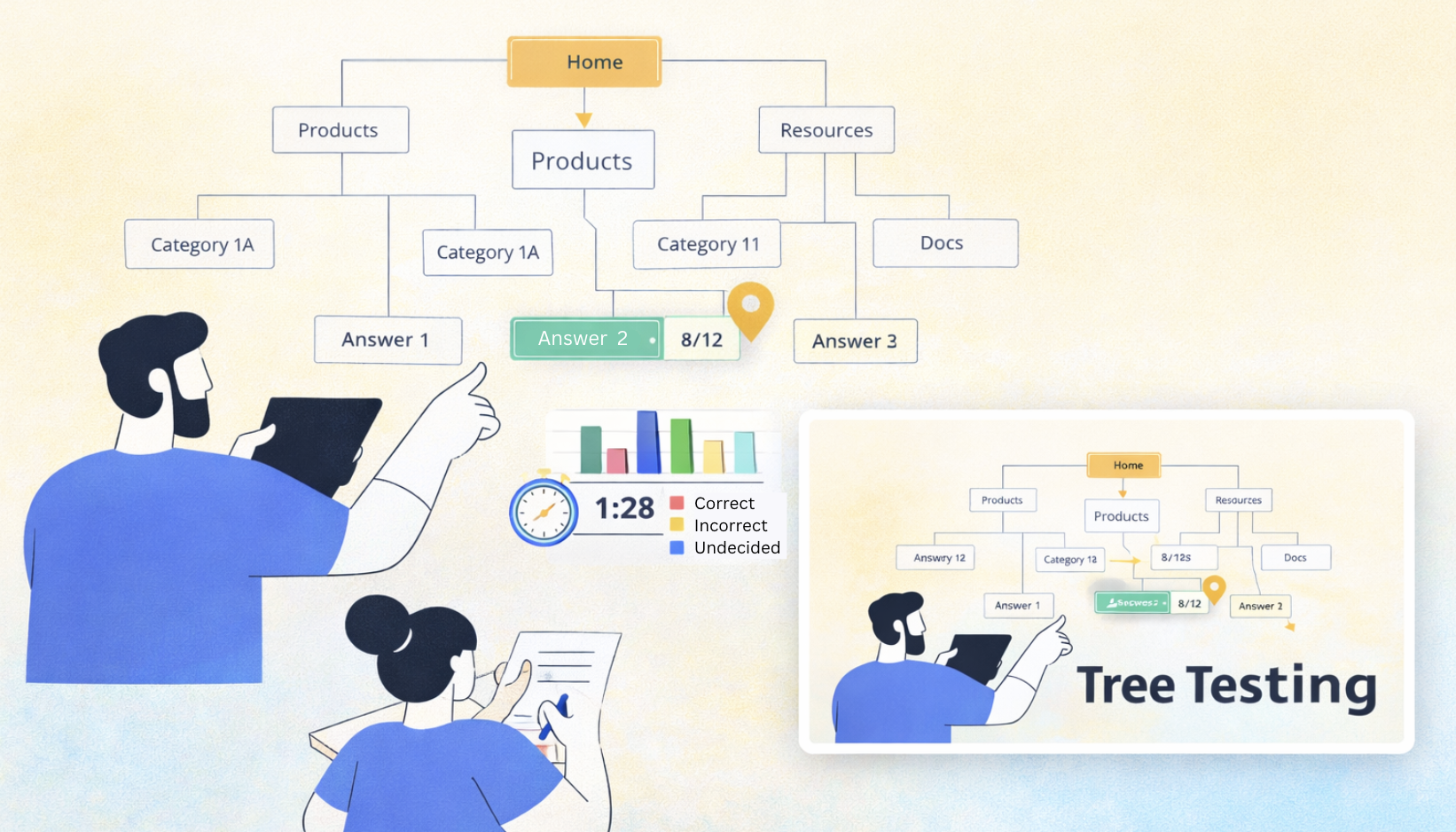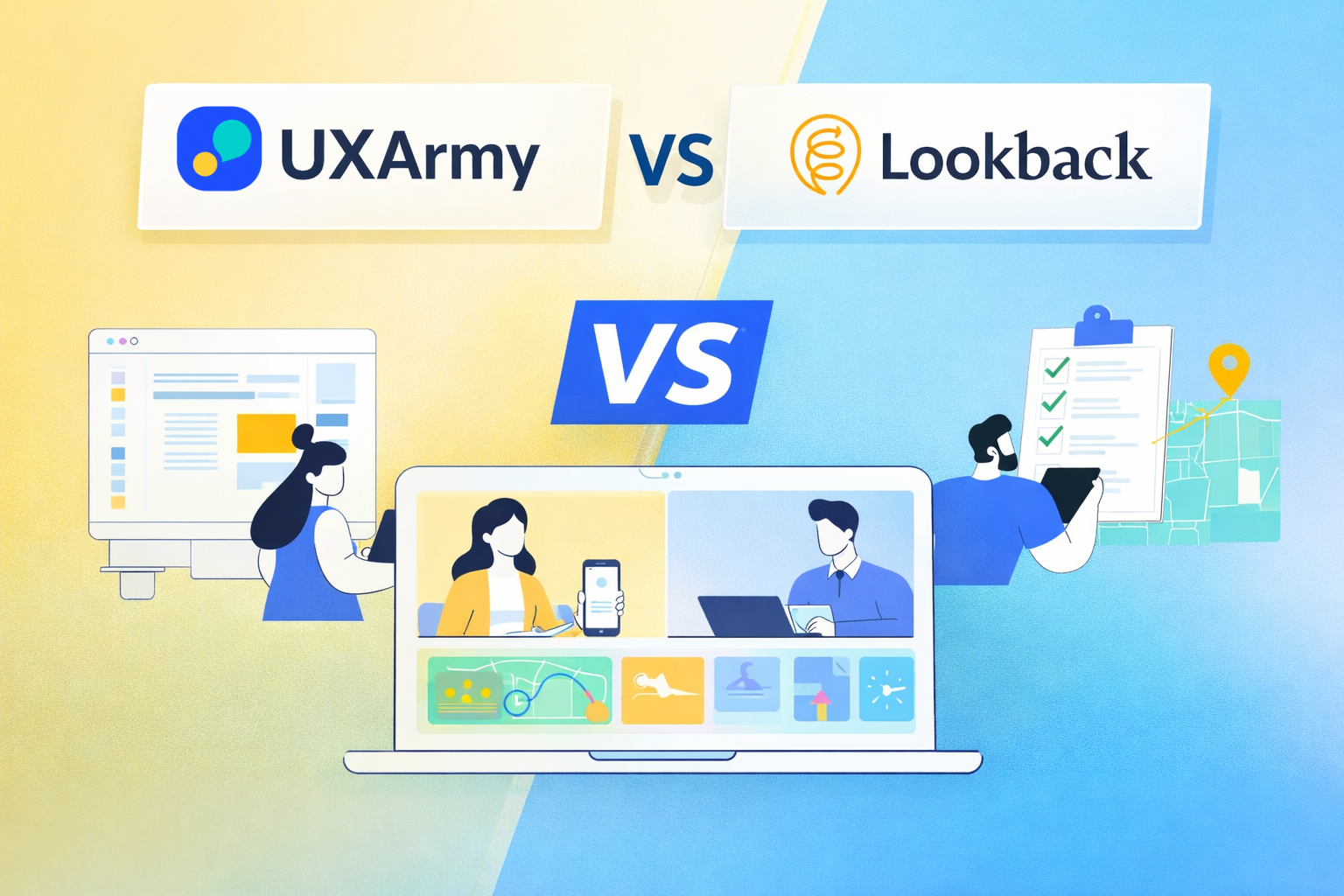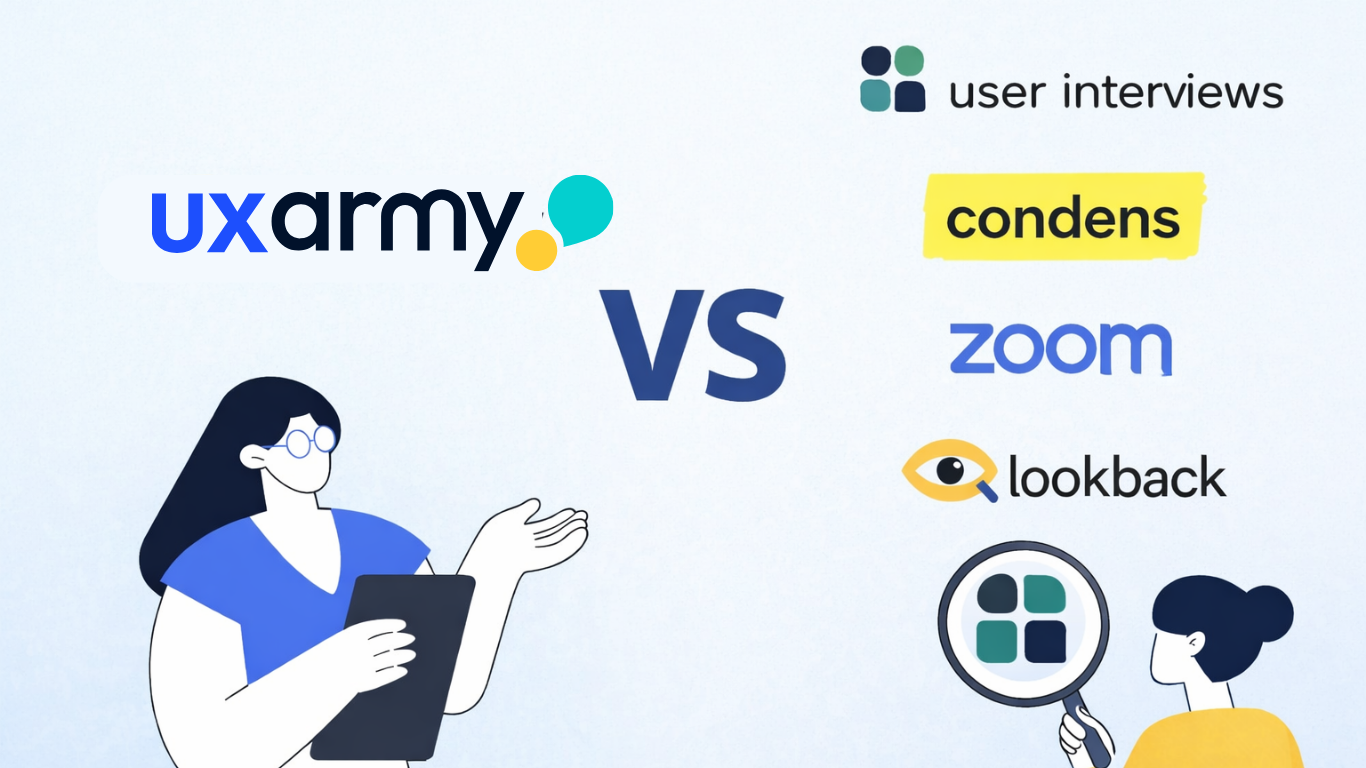As artificial intelligence becomes increasingly integrated into the UX research process, questions about ethics are taking center stage. From auto-generating insights to running interviews with AI agents, the use of AI in usability testing tools and UX research platforms offers clear benefits – speed, scale, and cost-efficiency. But at what ethical cost?
In this blog, we examine the implications of using AI in remote usability testing, user research tools, and beyond. We highlight the risks of data misuse, algorithmic bias, and lack of transparency – and how UX researchers can proactively address these concerns.
“Just because AI makes research faster doesn’t mean it makes it better – or ethical.” – Jon Yablonski, Product Designer & Author
Why Ethics Matter in UX Research
Ethics in UX research is not a new topic. Whether it’s about how we recruit users, ask questions, or present findings, researchers are constantly asked to navigate ethical terrain. With AI now involved in user research – from chatbots to sentiment analysis – the stakes are even higher.
Ethical UX research means respecting participants’ autonomy, ensuring their privacy, being honest about intent, and preventing harm. AI systems, if not carefully managed, can undermine all these principles – often without human realization.
The problem is compounded when companies prioritize automation and efficiency over human dignity, leading to research that’s extractive rather than respectful.
“The most dangerous thing about AI in UX is how easily it normalizes opaque decision-making.” – Caroline Jarrett, UX Consultant
Common AI Applications in Usability Testing
Understanding where AI fits into usability testing helps frame its ethical implications. Here are common AI applications:
- Automated Moderation: AI bots conduct structured interviews or usability tests.
- Voice and Sentiment Analysis: NLP tools interpret emotional tone from spoken or typed feedback.
- Insight Generation: AI identifies pain points, clusters themes, or highlights moments in video recordings.
- Predictive Behavior Models: Tools simulate user behavior using synthetic participants.
- Recruitment Optimization: AI filters and recommends participants for user research.
While these applications are powerful, each brings ethical risks when used without human review or transparency.
Key Ethical Questions to Ask
Before implementing AI in your UX research workflow, consider these critical questions:
- Do participants know they’re interacting with AI?
- Are users giving informed, specific consent for data collection and analysis?
- Is the AI model trained on diverse, representative data?
- Can the AI’s decisions be explained and challenged?
- Who is accountable for flawed outputs?
These questions are essential not only for building user trust but also for maintaining the integrity of research outcomes.
Data Privacy and Consent Challenges
Informed Consent
Many AI tools collect and process user data in ways that are not obvious to participants. This creates an ethical gray zone. Consent should not be buried in terms and conditions – it must be upfront, explicit, and ongoing.

Anonymity and Data Retention
AI platforms often store transcripts, videos, and behavioral metadata indefinitely. Researchers must ask: How long is this data retained? Is it anonymized? Is it shared with third parties?
Regional Regulations
Different jurisdictions have different rules. GDPR, CCPA, and other frameworks may require specific disclosures, opt-ins, or deletion rights. Ethical UX teams should adhere to the strictest applicable standard – not just the most convenient.
Algorithmic Bias and Representation
Bias in AI models is a well-documented issue. If your AI tool is trained mostly on Western, English-speaking users, it will likely misinterpret feedback from other cultures or languages.
This results in exclusionary products, inaccurate insights, and worse outcomes for marginalized groups. Responsible UX researchers must actively question:
- What datasets trained this model?
- Who was left out?
- How might the tool misread diverse users?
“AI tools that claim to ‘understand emotions’ are usually just reflecting the bias of their training data.” – Arvind Narayanan, Computer Science Professor, Princeton
Transparency and Explainability
One of the major concerns in AI usability testing tools is the black-box problem – where decisions are made by systems that even their creators struggle to explain.
As UX researchers, it’s our responsibility to:
- Choose tools that provide clear logic and rationale for AI-generated insights.
- Include disclaimers when presenting AI-driven findings.
- Document AI involvement in our methods section.
Participants and stakeholders alike deserve to understand how insights were generated, not just what the insights are.
Human Oversight and Accountability
AI tools are not autonomous researchers. They don’t have empathy, curiosity, or ethics. Human oversight is crucial to:
- Interpret findings in context
- Detect anomalies or errors
- Ensure findings are actionable and humane
Without a human in the loop, there’s a risk of accepting flawed insights as truth – leading to misinformed product decisions and poor user experiences.
Case Studies and Real-World Incidents
Case 1: Misinterpreted Sentiment
A fintech app used an AI tool to analyze tone in usability sessions. Non-native speakers were consistently labeled as “confused” due to their accent and pacing. This led to misprioritization of features.
Case 2: Silent AI Moderation
A retail brand launched a chatbot-led interview study without disclosing that users were not speaking with a real person. Backlash followed when participants discovered they had unknowingly spoken to a bot.
These examples highlight the real reputational and ethical risks of poor AI implementation.
Best Practices for Ethical AI Use
- Always disclose AI involvement to participants
- Build diverse datasets for training and testing
- Use AI to augment, not replace, human researchers
- Enable opt-outs and deletion of personal data
- Review AI findings with human moderation
- Audit and test for algorithmic bias regularly
- Keep ethics as part of your research documentation
By embedding these practices, you don’t just comply with legal norms – you uphold user trust and research integrity.
Expert Commentary from the UX Community
- Sophie Kleber, Head of Spaces UX at Google: “AI is a tool, not a philosophy. Don’t outsource your judgment.” (LinkedIn, May 2024)
- Benjamin Evans, Inclusive Design Lead at Microsoft: “If your AI only understands one accent, it doesn’t belong in user research.” (LinkedIn, April 2024)
- Meena Kothandaraman, UX Strategist: “AI lacks curiosity. Use it to support your research, not define it.” (UXMatters Interview, 2023)
These voices remind us that while AI can extend research capabilities, it must never replace ethical reflection.
AI brings incredible efficiency to usability testing and research, but with great power comes great ethical responsibility. From data privacy to algorithmic fairness, researchers must be vigilant about how these tools are used.
Ethical UX research means asking tough questions, disclosing methods clearly, and always putting the user first. With thoughtful design and human oversight, AI can become a powerful ally in our quest to build better, more inclusive digital experiences.
Suggested Reading
Experience the power of UXArmy
Join countless professionals in simplifying your user research process and delivering results that matter
Frequently asked questions
Is it legal to use AI for analyzing user data?
Yes, but you must comply with privacy laws like GDPR, which require informed consent, transparency, and data protection.
Can AI make research more inclusive?
Only if trained on diverse datasets and reviewed by humans. Otherwise, it risks reinforcing existing biases.
Should participants be told when AI is involved?
Absolutely. Transparency is a core ethical principle in all forms of user research.
What’s the risk of relying only on AI-generated insights?
You risk missing context, empathy, and nuance – leading to flawed conclusions and poor user experiences.
Are there ethical UX research platforms?
Yes. Platforms like UXArmy, Dovetail, and Lookback are incorporating ethical practices such as consent management, human oversight, and data transparency by design.
What are the ethical considerations when using AI for research purposes?
Researchers should cite how they use AI in their academic work. As AI becomes more advanced, there are concerns about maintaining human control and decision-making power. AI models can perpetuate or amplify existing societal biases present in their training data, leading to unfair or discriminatory outcomes.
What are the 5 ethics of AI?
The five AI ethical principles, based on recommendations from the Defense Innovation Board, are:
Responsible. DOD personnel will exercise appropriate levels of judgment and care while remaining responsible for the development, deployment and use of AI capabilities.
Equitable. …
Traceable. …
Reliable. …
Governable.
How to use AI ethically in UX research?
To use AI ethically in UX research, ensure transparency with participants, obtain informed consent, audit for bias, and always pair AI insights with human oversight. For practical use cases and responsible implementation, check out our blog on AI in UX Research.




